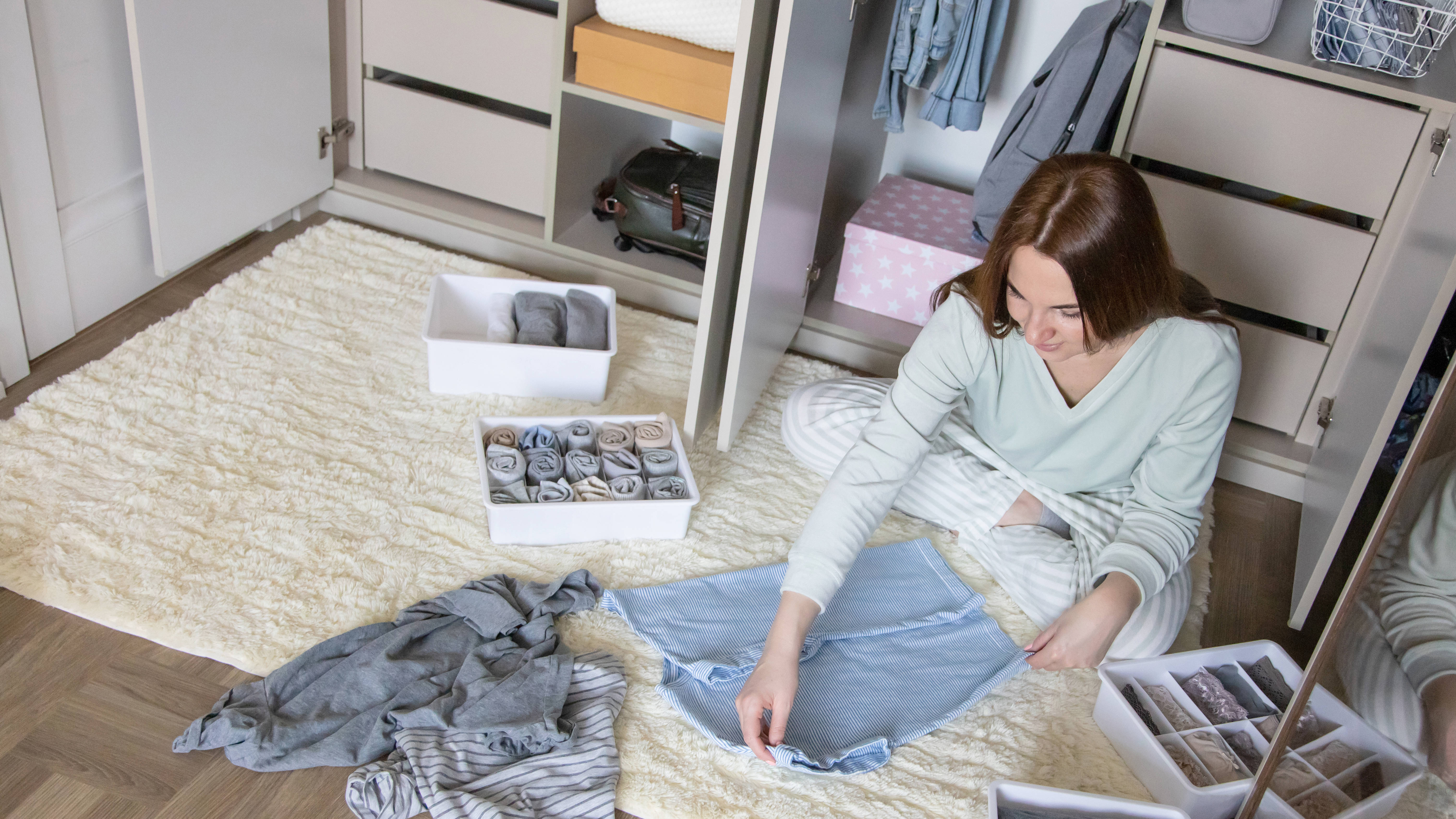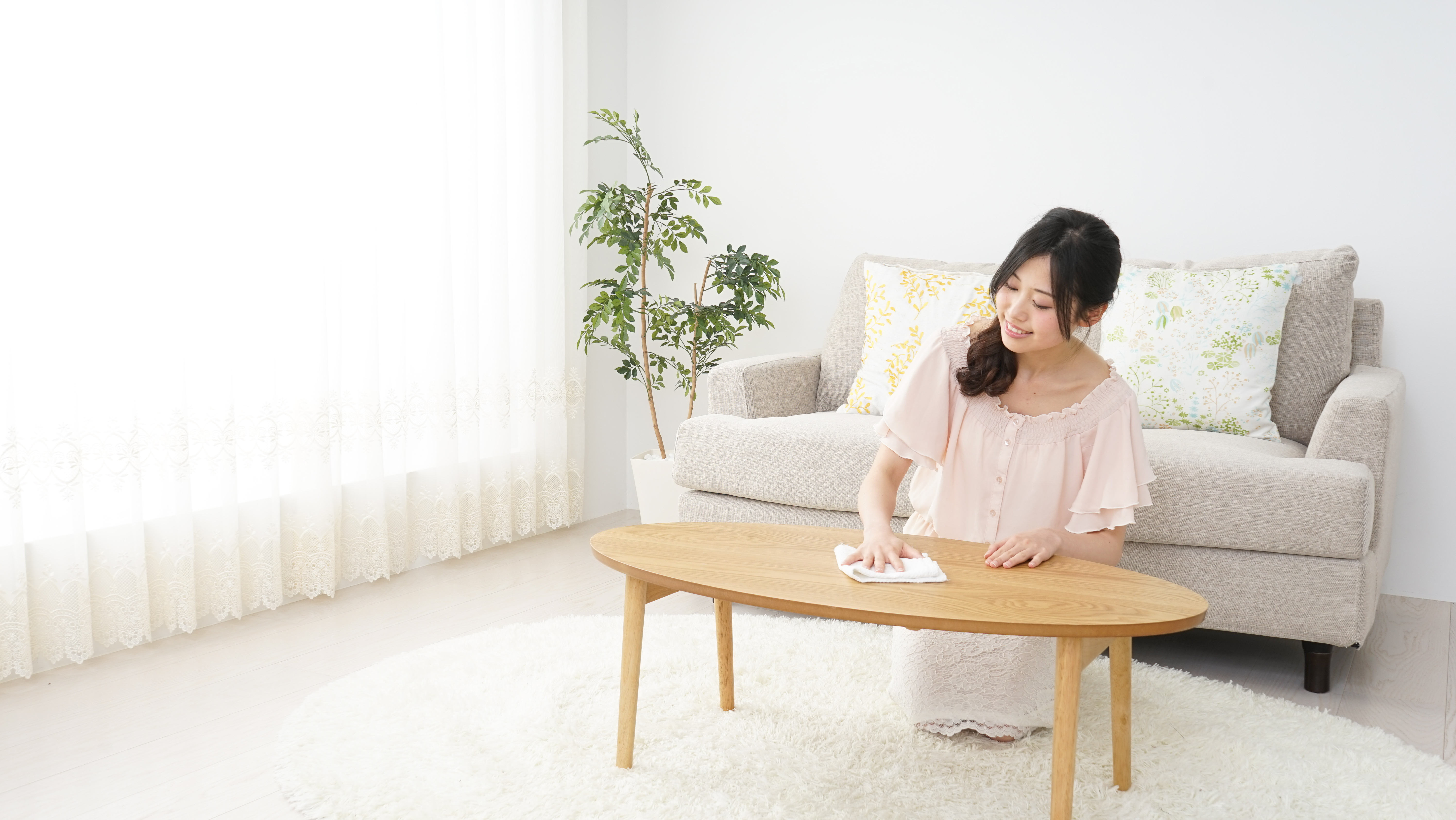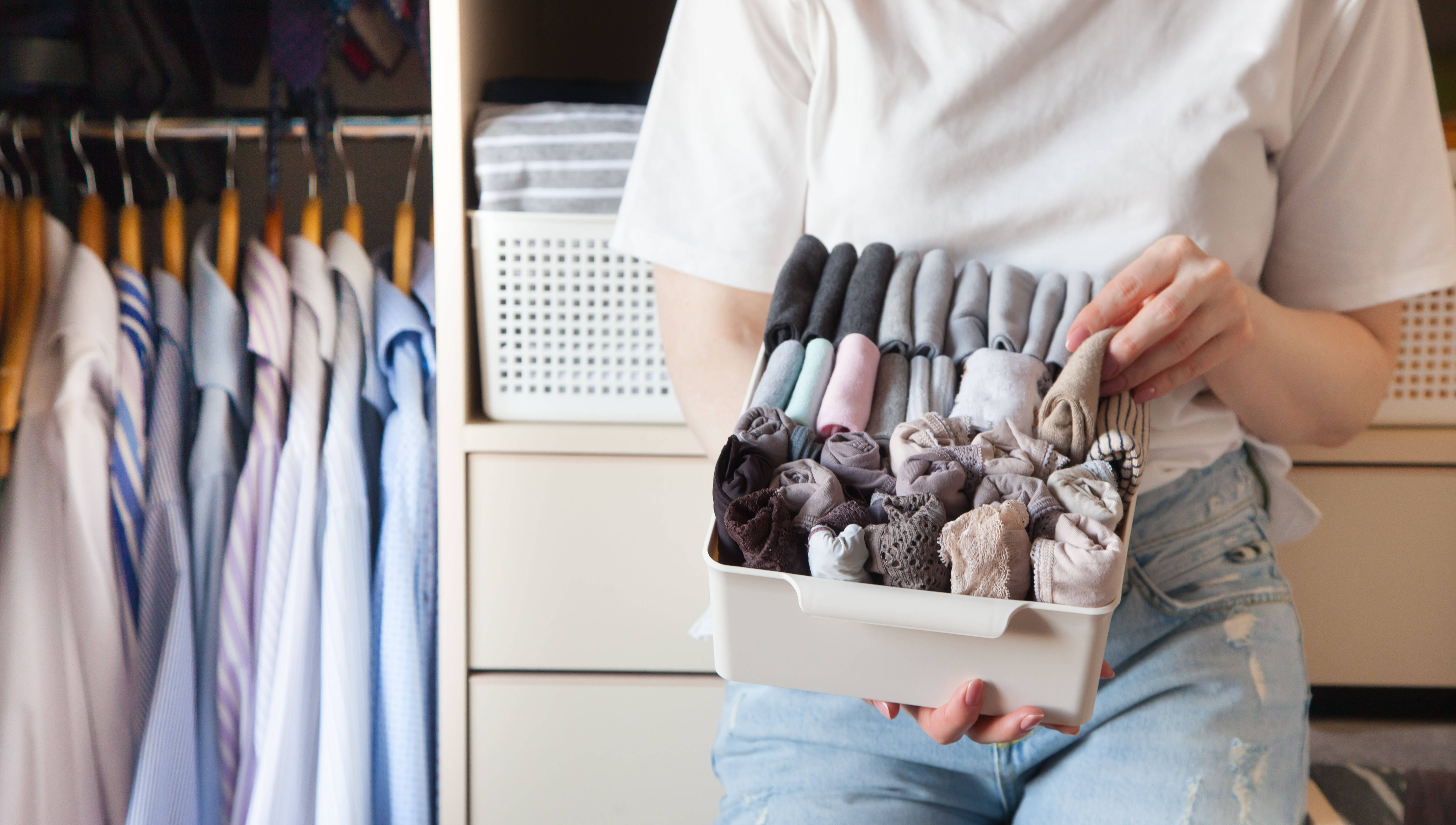
A new year brings a wealth of opportunity to set intentional goals that will hopefully have a positive impact on your day-to-day life. While developing healthy habits through new iOS apps or using an AI chatbot to set your goals are unique and modern ways to approach a new calendar year, focusing on the basic task of cleaning can prepare your home, and soul, for the year ahead. Here’s where the Japanese deep cleaning ritual of Osoji steps in.
What better way to reset and begin a whole new year than with an entirely clean home? To dust off the cobwebs, both physically and metaphorically, Osoji tasks you with deeply cleansing your entire home from top to bottom.
While Osoji is traditionally an end of year cleaning custom, you may have found yourself busied with the festive season. Choosing to start the year with Osoji is also the perfect chance to refresh your home. You’ll want to clean up every single room in your house, but when it comes to practicing Osoji, It’s a deep cleanse, meaning you’ll even want to target those dirtiest places in your home that you’re forgetting to clean.
So, it’s time for me to roll up my sleeves to declutter, clean, and revitalize my home and, in turn, my mind.
What is Osoji?

Osoji is an ancient Japanese tradition that roughly translates to a ‘big cleanup’. As the year ends and a new one begins, many people in Japan practice Osoji by decluttering, cleansing, and rejuvenating their homes in a way to clear both their physical and metaphorical space for mental well-being. The meaning of Osoji is to carry out a deep cleanse in your home that will, in turn, help to free your mental space for a clearer mind to take on the year ahead.
Osoji spans a rich history of spiritual beliefs and rituals focused on ridding your home and soul of bad omens. You will create a homely hub surrounded by cleanliness and hopefully the level of cleanliness you achieve will be maintained throughout the year to ultimately benefit your general wellbeing. And with January marking a new beginning, Osoji offers you the chance to clean with purpose.
It’s also a very helpful practice that allows you to introduce new items that may have been gifted to you over the festive season, anything from the best headphones to the best Peloton alternatives.
There are no specific rules when it comes to Osoji. To try the cleaning ritual, you must gather all your items into a room, sort through any clutter, remove unnecessary or broken items, deeply clean each room from top to bottom, and return your slimmed down inventory back to your home.
I tried the Osoji Japanese cleaning ritual — here's what happened

Whilst Osoji is usually performed at the end of the year, there’s something to be said for following Osoji in those early months of the year. With the festive season behind me and renewed energy very much needed to tackle the year ahead, it seems fitting to try and tackle the biggest house cleaning task before I consider not doing it at all.
Sharing principles similar to the KonMari method, Osoji prompts you to gather all your belongings into one room, going through every single item with care and impetus. To complete Osoji, I’d need to remove items that are no longer needed or wanted by donating or throwing them out. A mammoth task.
It was overwhelming at first
Osoji asks you to clean your entire home from top to bottom. First things first, that felt like an entirely overwhelming request. Gathering every single item and trying to put it into one room is simply not possible for some people. My first hurdle, for example, was my children hellbent on touching everything I moved around my home.
I decided first to create a list of rooms in my home and sort them by likelihood of completion. I actually put the rooms I deemed the easiest last, because I knew I’d be more inclined to stop if it felt like an incline in difficulty.
I then switched from item-specific cleaning to room-specific cleaning. I gathered as much as I could into the middle of the room and sorted anything I no longer needed or wanted, whether broken or proving defunct to my lifestyle, into a pile. Once the items were sorted through, bagged up, or sorted into boxes, I then moved onto the big clean. I found it really useful to remove everything from all the surfaces as it really put into perspective how much stuff I had and how much dust was lurking underneath it.
Once you start, you can't stop
You "micro-osoji" all year long, removing all the items from your kitchen counters for a good clean or the cosmetic items from your bathroom. But, a proper Osoji for the entire home means that once you start, you really can’t stop until every single room is clean. We’re talking really clean. Stains removed from items of furniture, carrying out a proper oven clean, removing pen marks from different surfaces, following top tips for cleaning shower doors, I was doing it all.
I needed to do it right, or I’d end up doing it twice. Osoji asks for you to commit to a lot more than the usual dust and hoover that goes into day-to-day cleaning, but that’s the importance of the ritual.
I felt cleansed
Despite the amount of effort that went into this deep cleanse of my home, I can’t express how satisfying it felt to be done. I knew every single room in my home from top to bottom was clean. Deeply cleaned. So many stains and jobs I’d put off because I didn’t have time, until I carved out the beginning of my new year to do it.
I took some to consider my mental wellbeing after the clean was complete. The Osoji ritual targets both sides of your life, the physical and the metaphorical, and as the saying goes, tidy home tidy mind. I felt cleansed of jobs that were constant reminders every time I was trying to relax at home. I no longer had to stare at a pen mark on my painted wall or a tea stain on my kitchen worktop telling myself, "I’ll do that tomorrow."
Bottom line

This was a huge task to undertake and it left me with mixed feelings.
On the one hand, I couldn’t shake off this creeping idea that this would all need to be repeated again and again year in year out. I had created a new ritual for myself that meant I’d need to do this alongside the usual cleaning maintenance in order to maintain a level of calm.
However, I also knew that to achieve such a big task so early in the year (or really at any point of the year) would feel freeing and incredibly productive. So I'm hoping that I'll be able to manage the Osoji cleaning ritual more than just once as the years roll by.







